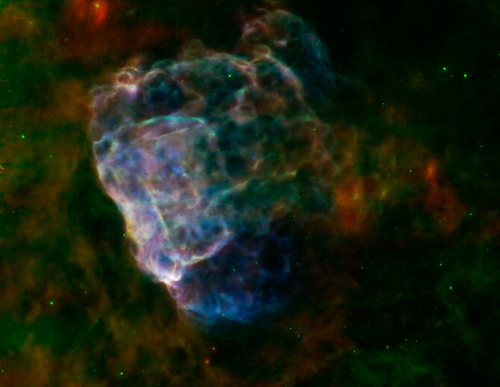
(Galaxy M82: the location of the pulsar – Photo Credit: NASA/CXC/Univ. of Toulouse/M. Bachetti/NOAO)
A new NASA study has revealed that an Ultraluminous X-ray Source (ULX) that astronomers had thought was a black hole is actually the brightest pulsar ever recorded. Continue reading





